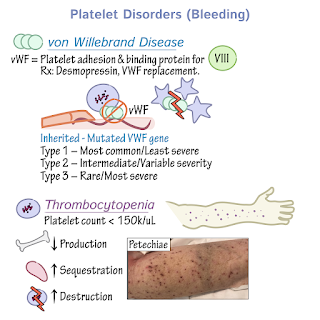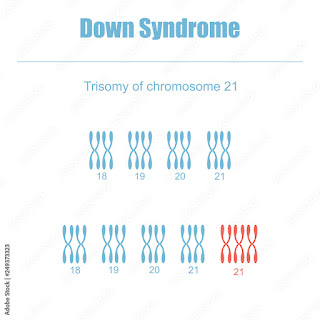Consanguineous Marriage and Its Association With Genetic Disorders in Saudi Arabia: A Review

autoimmune platelet disorder :: Article Creator What Is A Platelet Count Blood Test, And What Do My Results Mean? A platelet count measures the average platelet level in a person's blood. High or low platelet levels can increase the risk of clotting or excessive bleeding. Platelets, also called thrombocytes, are fragments of larger cells made in the bone marrow called megakaryocytes. These fragments are crucial to wound healing. Abnormal platelet levels can lead to various health complications. This article discusses the process of a platelet blood test and what the results mean. The mean platelet count blood test is typically part of a complete blood count (CBC) test. A CBC reveals important information about the number of different blood cells in the body. A platelet count test reveals the average number of platelets a person has per microliter of blood. Doctors can perform the test independently or ...











